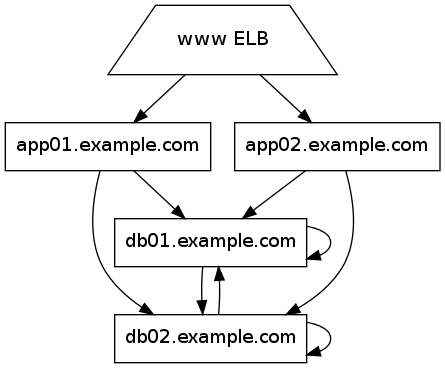Command completion for docker in the fish shell
I’ve just released a handy completion definition for the fish shell.
fish?
Fish whilst not as popular as zsh/bash is a far better shell. Make the switch ;-)
install docker completion
$ mkdir ~/.config/fish/completions
$ wget https://raw.github.com/barnybug/docker-fish-completion/master/docker.fish -O ~/.config/fish/completions/docker.fish
example
% docker run -[TAB]
--attach (Attach to stdin, stdout or stderr.)
...
% docker run -t -i [TAB]
busybox:latest (Image)
ubuntu:12.04 (Image)
% docker run -t -i busybox:latest
/ #
